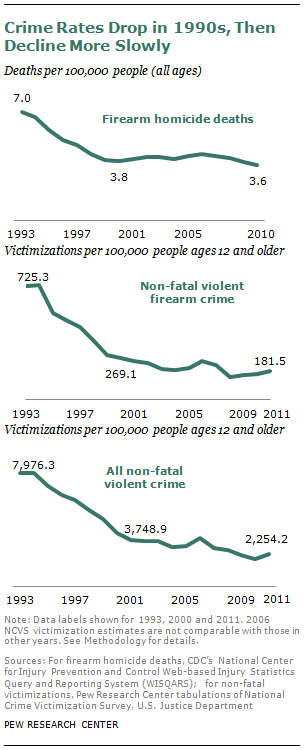From "Global warming caused by CFCs, not carbon dioxide, study says" on ScienceBlog:
Chlorofluorocarbons (CFCs) are to blame for global warming since the 1970s and not carbon dioxide, according to new research from the University of Waterloo published in the International Journal of Modern Physics B this week.
CFCs are already known to deplete ozone, but in-depth statistical analysis now shows that CFCs are also the key driver in global climate change, rather than carbon dioxide (CO2) emissions.
"Conventional thinking says that the emission of human-made non-CFC gases such as carbon dioxide has mainly contributed to global warming. But we have observed data going back to the Industrial Revolution that convincingly shows that conventional understanding is wrong," said Qing-Bin Lu, a professor of physics and astronomy, biology and chemistry in Waterloo’s Faculty of Science. "In fact, the data shows that CFCs conspiring with cosmic rays caused both the polar ozone hole and global warming."*** Professor Lu said. "My calculations of CFC greenhouse effect show that there was global warming by about 0.6 °C from 1950 to 2002, but the earth has actually cooled since 2002. The cooling trend is set to continue for the next 50-70 years as the amount of CFCs in the atmosphere continues to decline."
The findings are based on in-depth statistical analyses of observed data from 1850 up to the present time, Professor Lu’s cosmic-ray-driven electron-reaction (CRE) theory of ozone depletion and his previous research into Antarctic ozone depletion and global surface temperatures.
